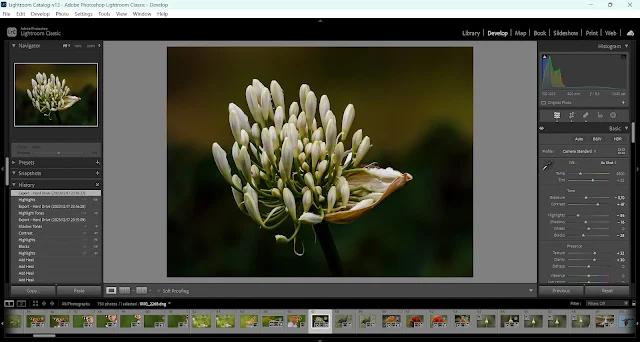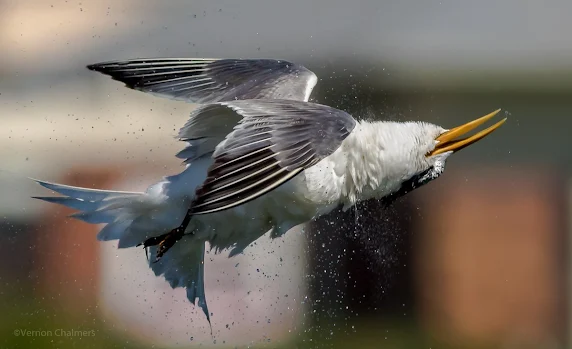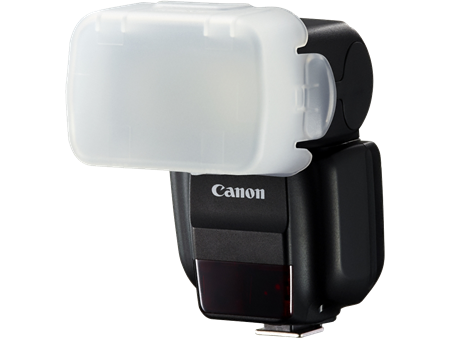 |
| Adobe Lightroom Classic Version 13 Screenshot : Vernon Chalmers Photography |
However, Lightroom Classic will be discussed and demonstrated in all the different photography training genres I currently offer.
Current Version: Adobe Lightroom Classic 13 - and of course, any other previous version.Lightroom post-processing will only be facilitated as orientation of (my) Lightroom post-processing workflow (at no additional cost) to the photographer participating in any of my Canon photography genre training options.
Other image post-processing / image editing options such as Canon’s free Digital Photo Professional (DPP) post-processing will also be discussed (especially for photographers still deciding which post-processing software to use).
Intel Hardware Upgrade Recommendations
I personally only work with Intel-based i3 / i5+ desktops and notebooks (with Intel 10th Generation CPUs' - Ice lake - and above) with either Windows 10 or Windows 11 for Lightroom post-processing requirements. The Intel-based 10th Generation CPU Systems (desktop and notebook) will be my personal minimum recommendation with 8 to 16GB DDR4 (Dual-Channel) RAM modules - and optional i.e. nVidia GPU to efficiently process Canon CR2 / CR3 RAW (or DNG) images using the new (and relatively high-performance) capabilities of Adobe Lightroom Classic 13.
Other Editing / Post-Procession Hardware
I am not familiar with AMD-based Systems or the minimum / suitable hardware specifications for Apple Desktops / Notebooks (for Adobe Lightroom application / post-processing).
Canon Photography Private Training Milnerton, Cape Town
- Introduction to Photography / Canon Cameras More
- Bird / Flower Photography Training Kirstenbosch More
- Canon EOS Autofocus / AI Servo Training More
- Birds in Flight / bird Photography Training More
- Canon Speedlite / Ring Lite Flash Photography Workshop More
- Macro / Close-Up Photography Workshop More
- Landscape / Long Exposure Photography Sessions More
Vernon Chalmers Photography Training Intaka Island | Kirstenbosch Garden | Woodbridge Island



